-
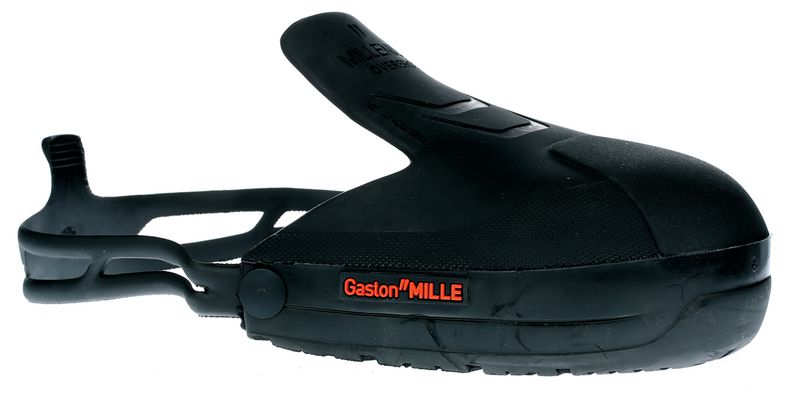
PPE Over Shoes With Steel Toe
From £203.99 To £204.00Supplied in: Pack of 5 pairs -
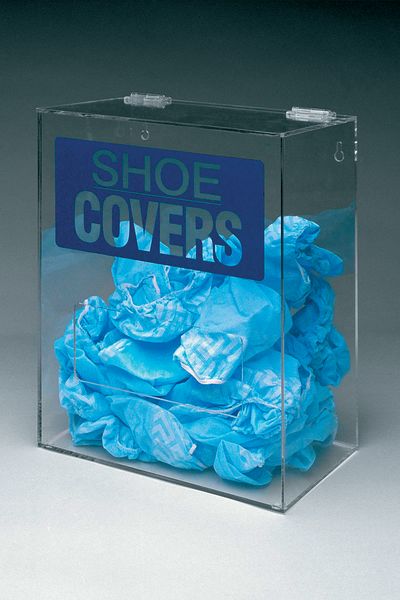
Clear Plastic Shoe Covers Dispenser
£108.99Supplied in: Single -
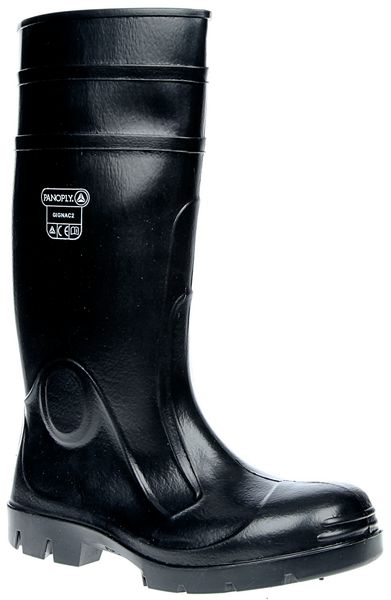
Industrial Waterproof Wellington Boots
From £26.99 To £34.12Supplied in: One pair -
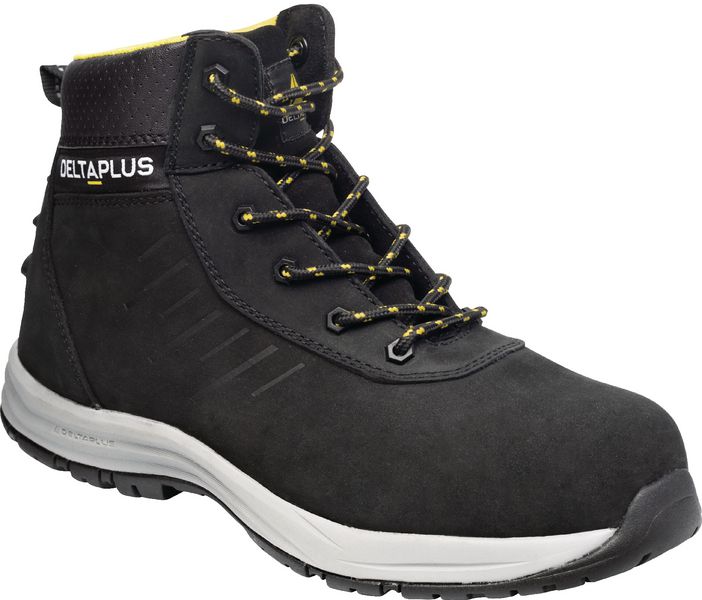
Delta Plus Legend S1P SR Safety Boots
£64.45Supplied in: One pair -
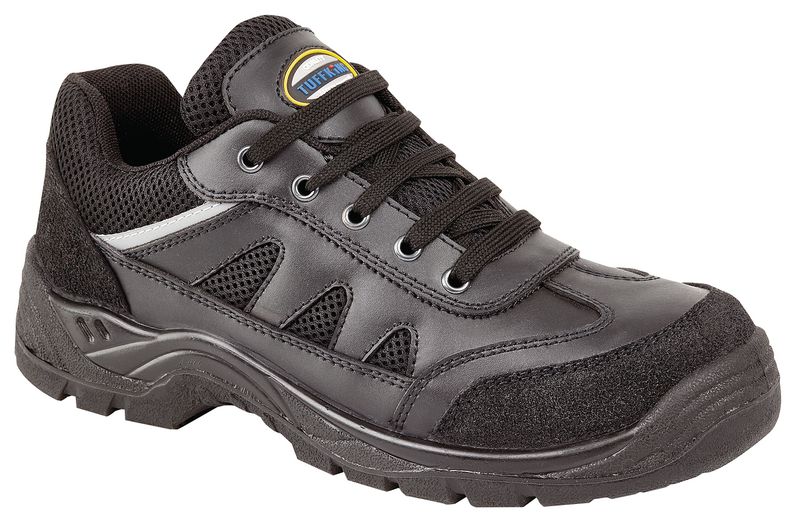
Padded Steel Toe Safety Shoes
£38.99Supplied in: One pair -
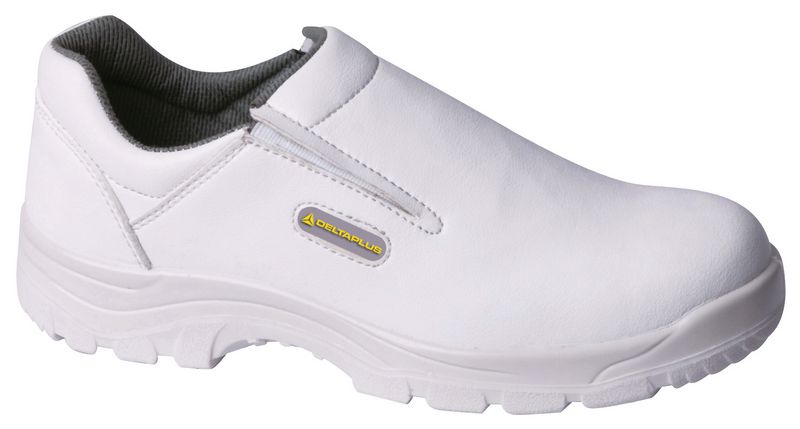
Delta Plus Unisex Agro Slip-On Shoes
£35.99Supplied in: Single -
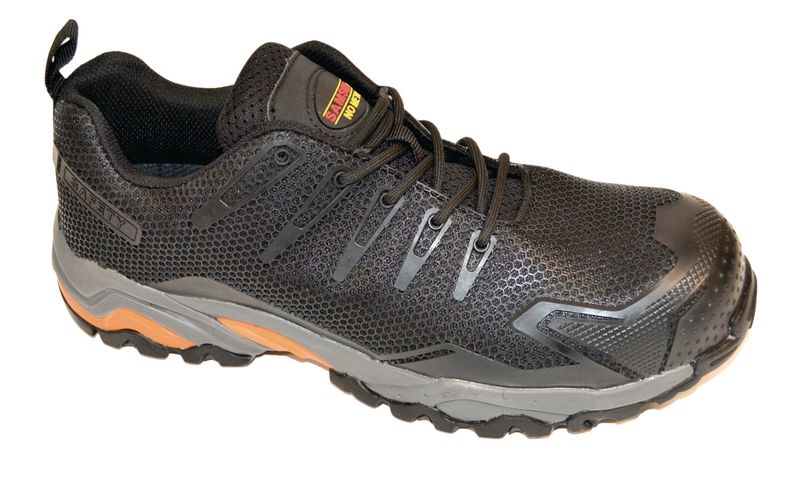
Anti-Slip Puncture-Resistant Safety Trainer
From £35.25 To £35.82Supplied in: Single -
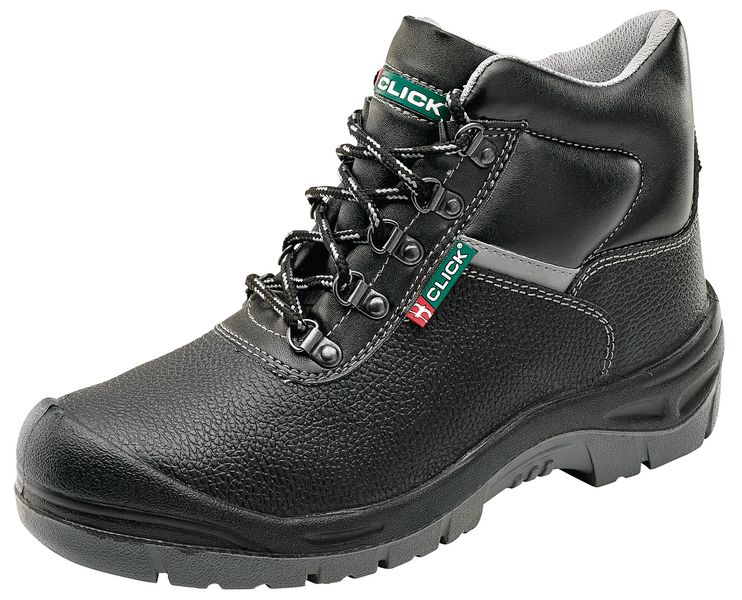
Water-Resistant Leather Safety Boot
£23.99Supplied in: One pair -
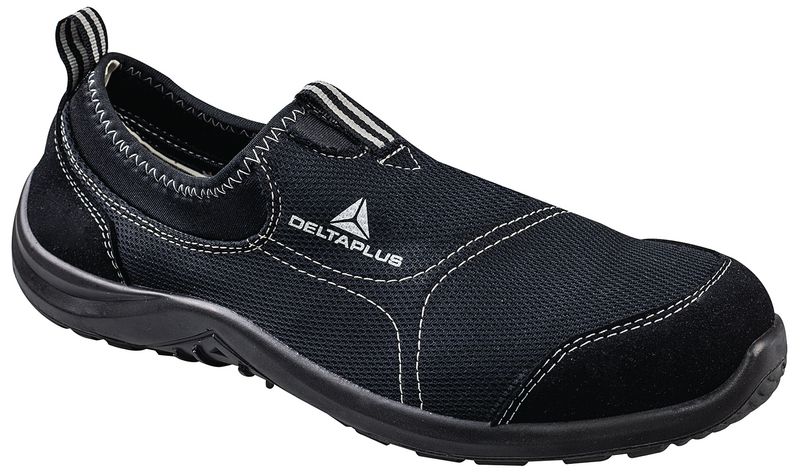
Miami Poly-Cotton Safety Shoes
From £27.99 To £31.98Supplied in: Single -
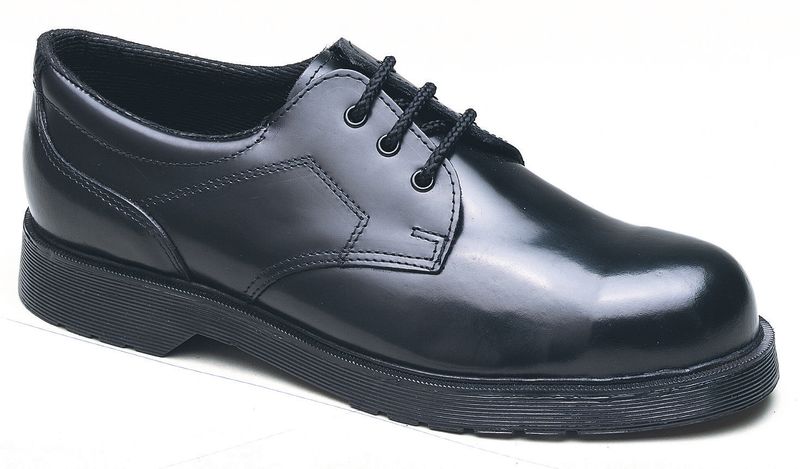
Steel Toe Capped Wide Uniform Safety Shoes
£41.99Supplied in: One pair -
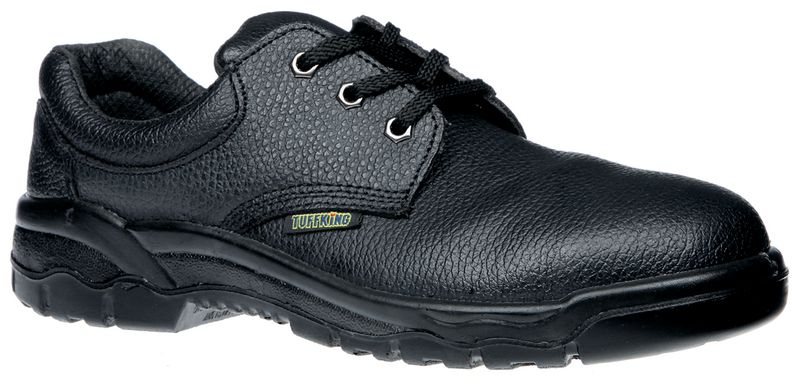
Unisex Oil-Resistant Leather Safety Shoes
£20.99Supplied in: One pair -
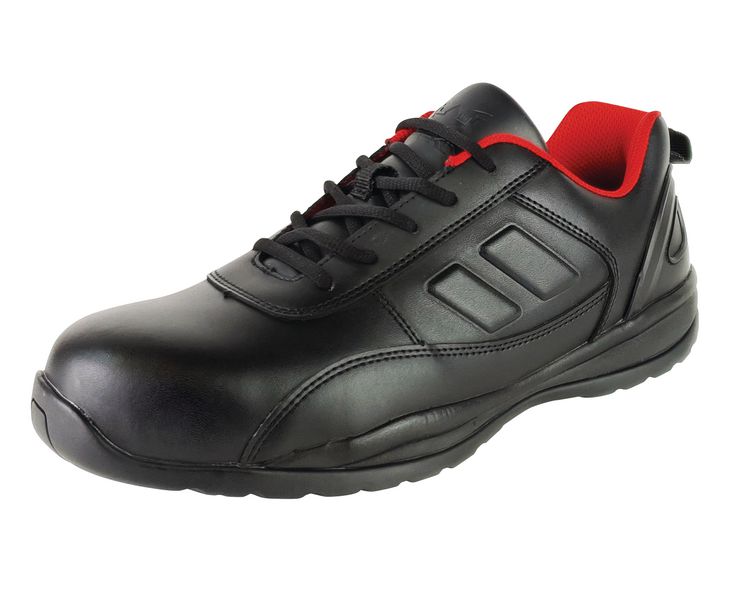
Unisex safety trainer shoes with steel toecap
£39.99Supplied in: One pair -
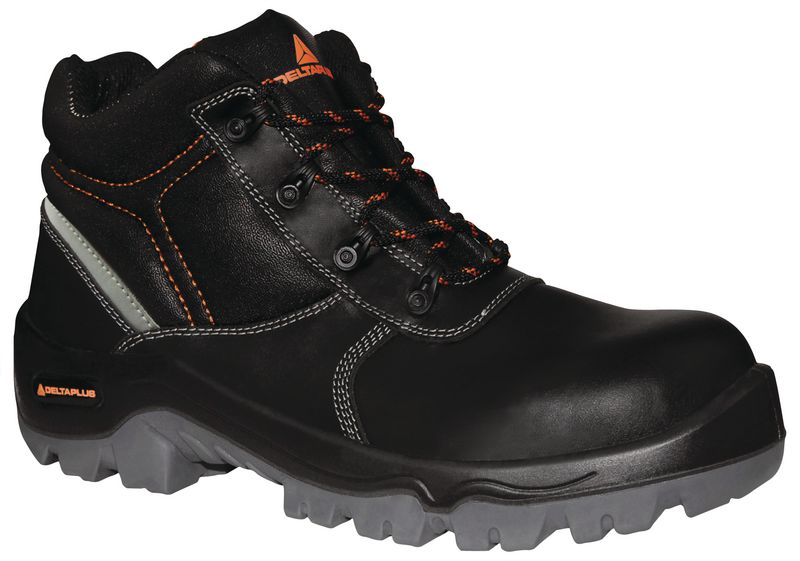
Phoenix S3 SRC Slip-Resistant Work Boots
£45.99Supplied in: One pair -
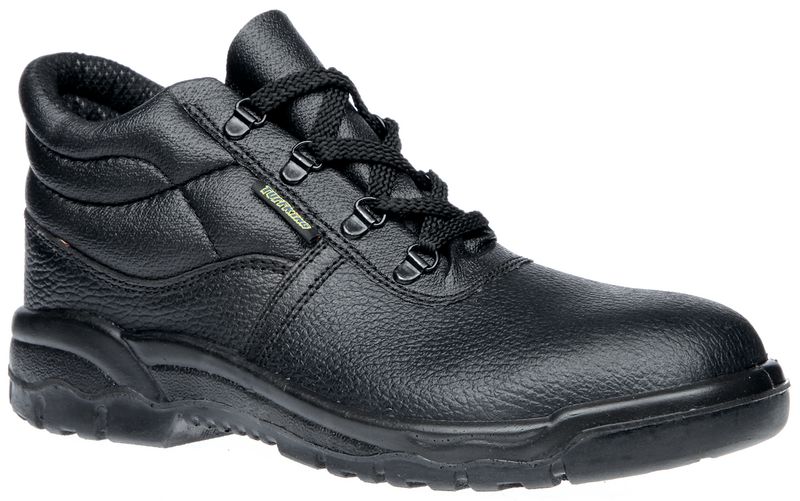
Lightweight Leather Chukka Boots
£18.99Supplied in: One pair -
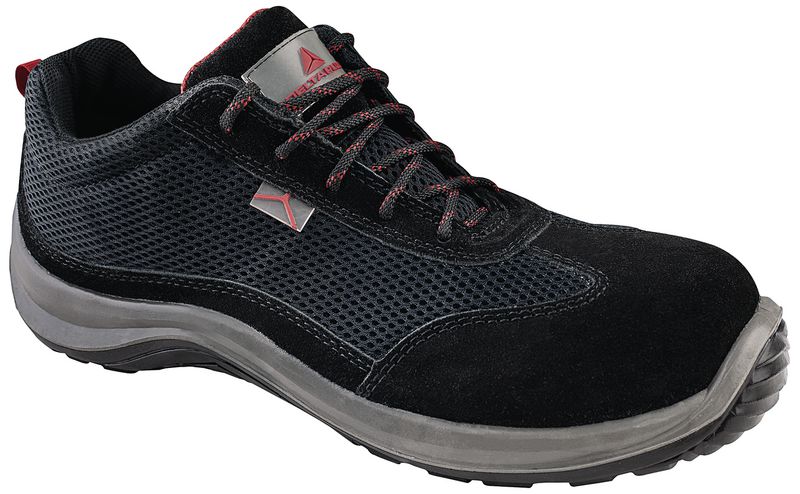
Asti Lightweight Suede Safety Trainer
£32.99Supplied in: Single -
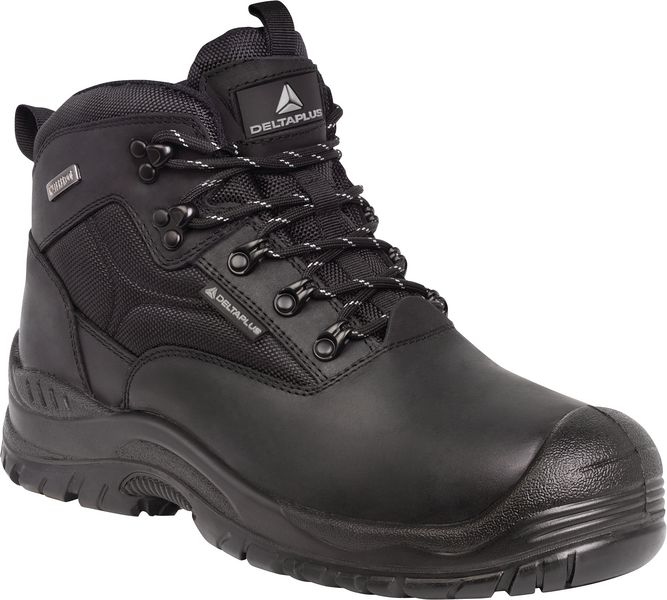
Delta Plus Samy S3 SRC Waterproof Leather Safety Boots
£66.75Supplied in: One pair -
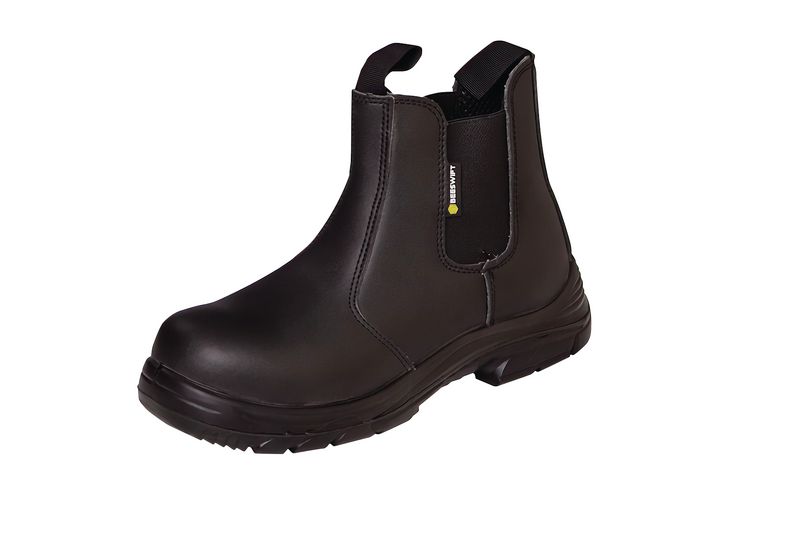
Leather Dealer or Chelsea Safety Boots
£32.99Supplied in: One pair -
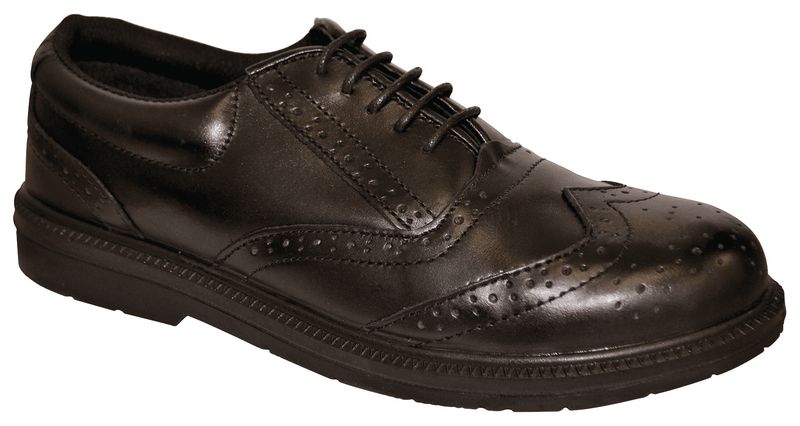
Brogue Leather Anti-Static Safety Shoe
£39.97Supplied in: One pair -
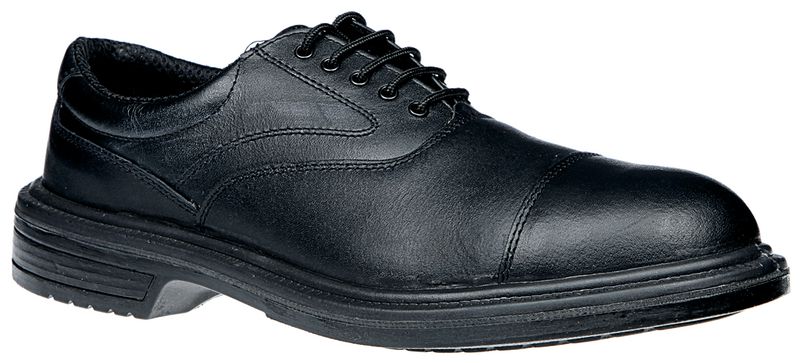
Leather Oxford-Style Safety Shoes with Steel Toecaps
£40.23Supplied in: One pair -
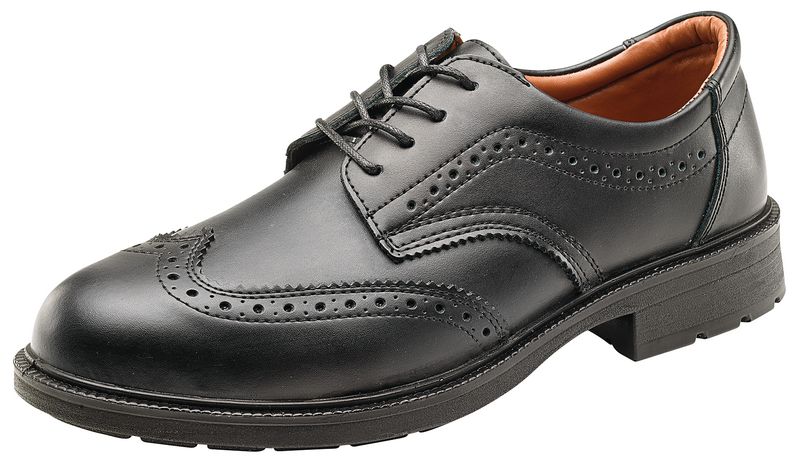
Brogue Leather Safety Shoe
£29.99Supplied in: One pair -
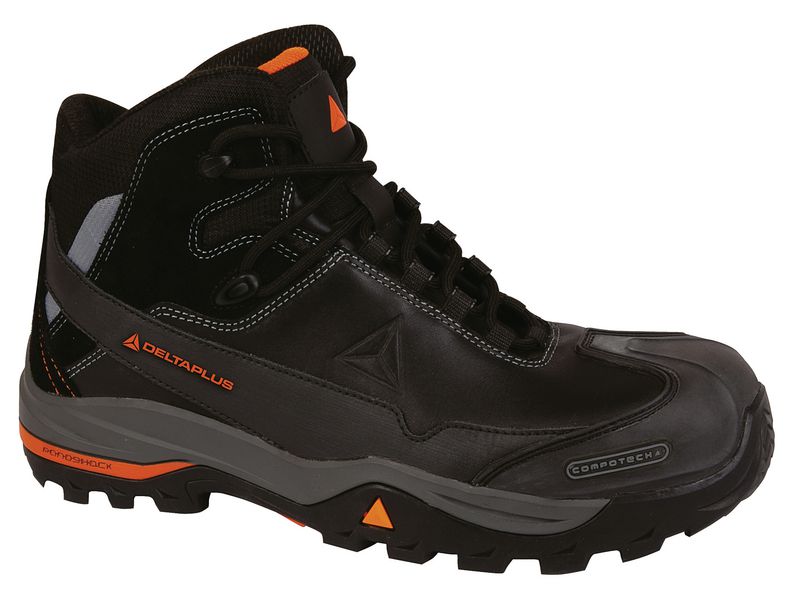
Delta Plus Full-Grain Leather Hiking Boot
£71.99Supplied in: Single -
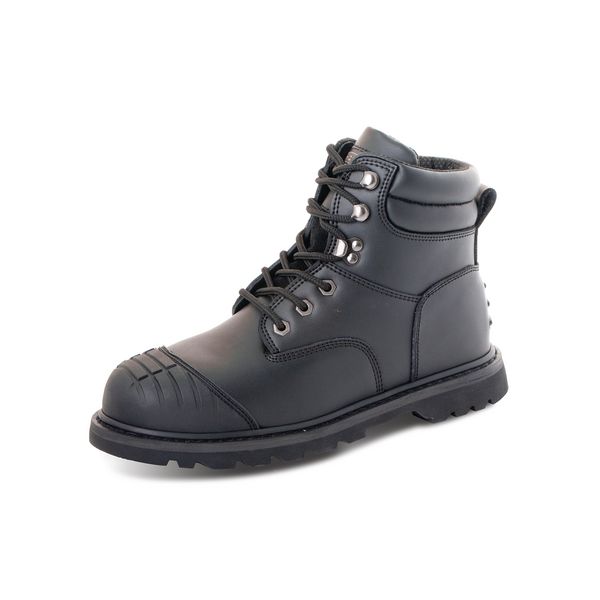
Goodyear Leather Welt Boot
From £41.95 To £50.93Supplied in: Single Pair -
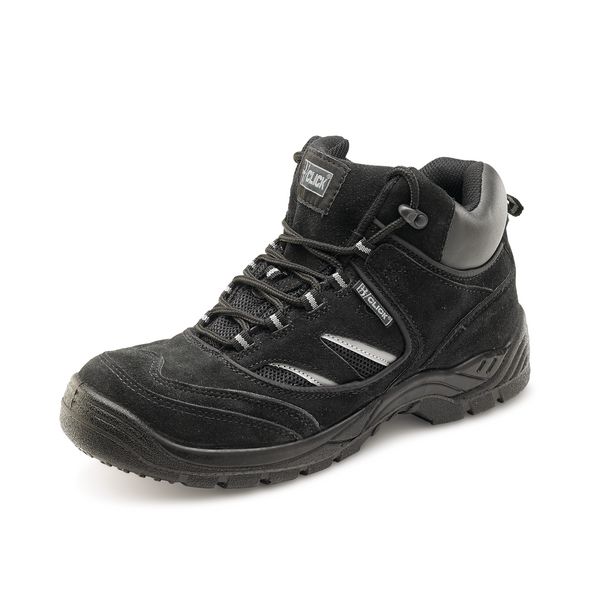
Non-Slip Shock-Absorbing Leather Safety Boot
£27.60Supplied in: Single Pair -
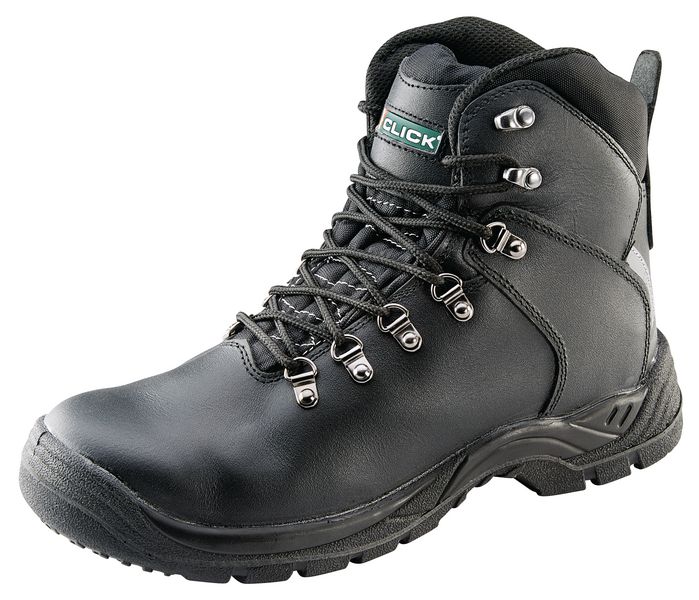
Poron XRD® Metatarsal Safety Boots
£64.99Supplied in: One pair -
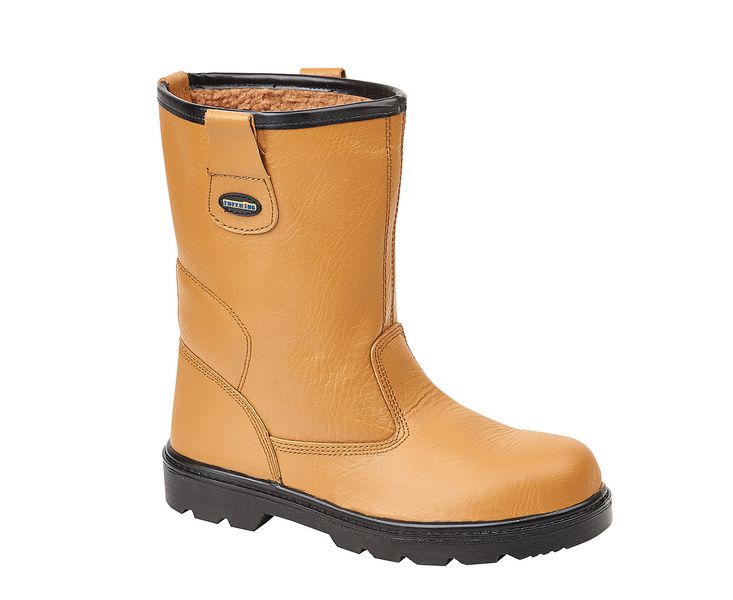
Durable, multi-purpose work boot
£30.70Supplied in: One pair -
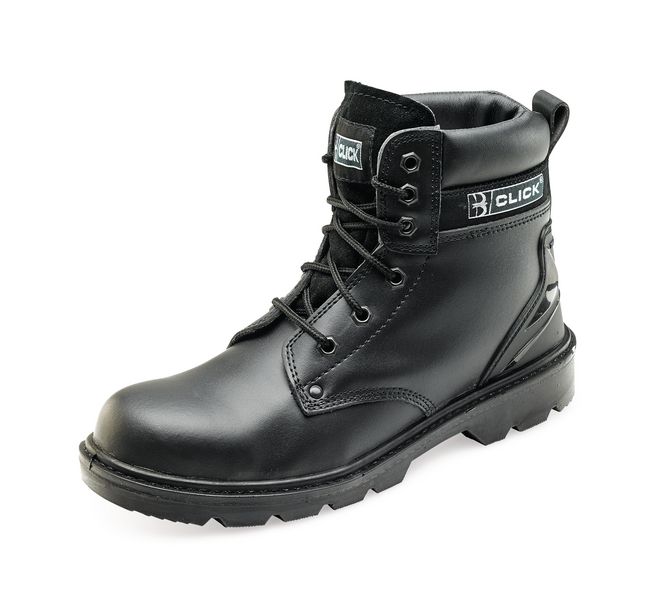
6-Inch Smooth Leather Safety Boots
£33.13Supplied in: Single Pair -
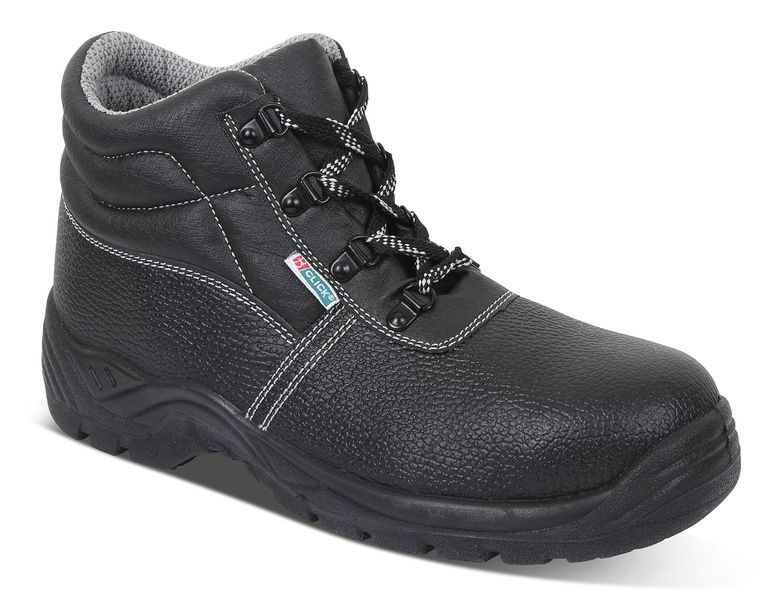
Slate Chukka Safety Boot by Rokwear
From £17.94 To £25.00Supplied in: Single Pair -
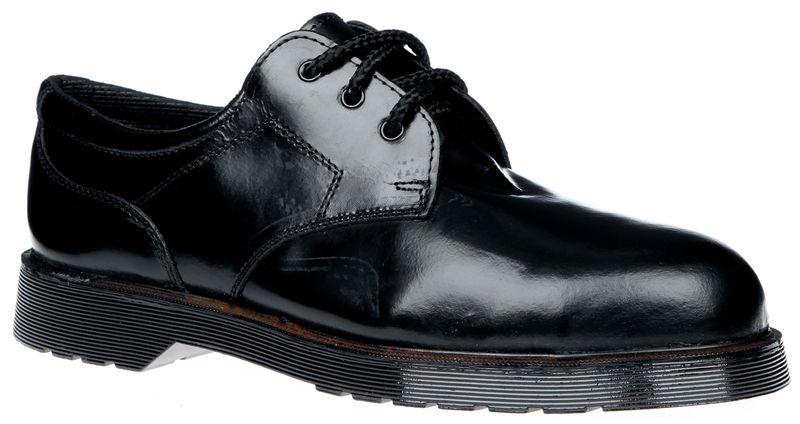
Steel Toe Capped Uniform Safety Shoes
£40.23Supplied in: One pair -
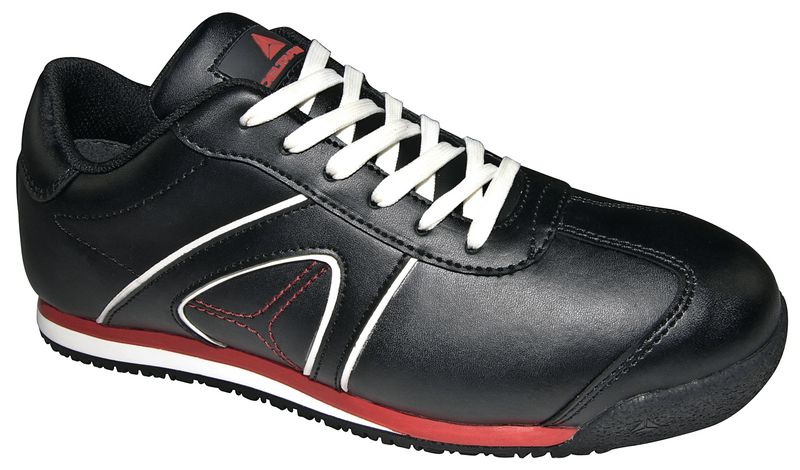
Shock-Resistant D-Spirit Leather Safety Trainers
£40.99Supplied in: One pair
Safety Footwear
UK User-Rated Safety Footwear- The protection you need!
Chemical resistant or steel toe caps? Whatever your business needs from their Safety Footwear we have you covered. We deliver by tomorrow on all our stock items for free!
Whatever your working environment is, our carefully selected extensive range of safety footwear will give you a product that is BOTH comfortable and compliant with the Health and Safety at Work Act. Getting the exact size and style you need is only a click away using our simple online ordering system.
Also discover:
Site safety equipmentBuy ppeChemical protective clothingDisposable latex glovesSafety helmetHi vis clothingPPE storageProtective gloves
Workers are much more confident when they know that they have the right safety footwear, and it sends a clear message about an organisation’s commitment to health and safety. With a large variety to choose from, it’s easy to find something that meets your workplace requirements and fits the safety footwear regulations within the UK.
Health and Safety Footwear Regulations UK
Safety footwear is part of personal protective equipment (PPE). Employers are therefore obliged to provide safety footwear to employees working in conditions that warrant this protection. The Health and Safety Executive (HSE) determines that PPE should be used when hazards are still present after all other health and safety precautions have been taken.
EN ISO 20345:2011 specifies the standards for safety footwear UK. These are the same standards that are applied across Europe. The Personal Protective Equipment (PPE) at Work Regulations 1992 cover and describe required PPE, including the safety footwear regulations for the UK.
Compliance with the health and safety footwear regulations requires a health and safety footwear policy for the workplace. Employers must evaluate their work environments and the safety footwear requirements. This planning must also address safety signage such as a safety footwear sign or a safety footwear must be worn sign.
The safety footwear standards in the UK determine that employers provide safety footwear in the following instances:
- Working in wet or humid conditions.
- Working in hot or cold temperatures.
- Any environment conducive to slips and falls.
- Risks of falling objects, such as working with heavy loads.
- Risks of cuts or punctures.
- Exposure to metallic or chemical spills and splashes.
- Working with or around vehicles.
Safety footwear provides varying degrees of protection against incidents that can occur in the above-mentioned circumstances. This can be anything from a sharp, heavy object penetrating a foot or a slip and fall leading to fractures or head injuries.
Safety Footwear Ratings
EN ISO 20345:2011 contains the basic requirements for safety footwear and safety footwear trainers. These specifications relate to things such as the following:
- Height and heel area of a safety boot.
- Pressure and impact resistance of the toe cap.
- Permeability and water resistance.
- Abrasion resistance.
The specific rating of the safety footwear, which includes safety footwear for ladies, indicates the purpose and type of protection of the shoe.
- SB (safety basic) indicates a shoe with toe protection. This standard applies to all safety footwear, and the toe must be able to withstand an impact of 200 joules.
- SBP, which indicates that the shoe has added mid-sole protection to protect the foot against penetrating objects.
- S1 indicates that the safety footwear is anti-static, resistant to fuels and oils, and can absorb energy at the heel.
- S1P has the same safety features as S1 shoes with additional mid-sole penetration protection.
- S2-rated safety shoes include water absorption protection.
- S3 once again indicates added mid-sole protection.
- S4 indicates that the safety footwear is made from a waterproof polymer or rubber material.
- S5 features all the protection of an S4-rated shoe with added midsole protection.
Several rating codes define the different features of the safety footwear. Some work environments and conditions will require a combination of features to adequately protect employees.
Choosing the right safety footwear
Finding the right safety footwear is about balancing several factors: protection, comfort and style.
As mentioned above, different shoes and boots provide different types of protection, so check carefully before you buy. Any thick piece of leather will help to protect against impact damage, but reinforced toes are needed to protect feet from heavy objects. Soles can protect against heat, oil damage and different kinds of chemical spill, but not all soles will protect you against all of these. Slip-resistant soles can be surprisingly thin, so if that’s your main priority, you may find that you have more options to choose from than you expected.
Footwear cannot be considered safe if it causes blisters and is uncomfortable to wear, so it’s important to make sure that it’s the right size and a comfortable fit. Ideally, heavy boots should be broken in slowly so that they soften without causing injury. If workers are getting blisters on the soles of their feet or feeling sore after a lot of standing or walking, padded insoles can provide extra comfort.
Working in an industrial environment doesn’t mean that it’s not possible to look smart, and much of the safety footwear available today is designed to convey a professional image as part of a uniform. Shoes and boots should always be well polished as this keeps the leather in good condition and prevents it from cracking.
As well as footwear for heavy industrial locations, we have items such as shoe and boot covers, which can be useful when you need to keep areas sterile or when you simply want to avoid bringing dirt indoors. All these products meet industry standards and can be another step to improving safety in the workplace if they are properly used.
Safetyshop specialises in safety footwear for all circumstances. This includes fashionable safety footwear ladies prefer.
